I’ve been writing fitness related reviews, and answering an infinite stream of questions for so long, that I generally understand the mindset behind buying any piece of fitness equipment that you can think of. So in order to address a common question of interest, I’d like to start this article by sharing personal insight.
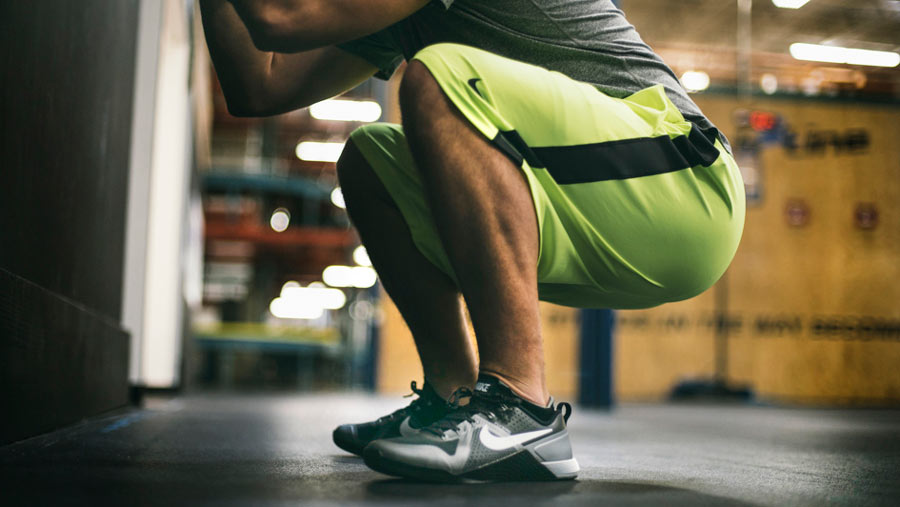
Buying fitness equipment follows a predictable pattern. When it comes down to machines, gadgets, fitness technology and tools, people read reviews until their eyes get sore from scrolling. Buying footwear on the other hand is a completely different process.
Instead of reading reviews or approaching the purchase more seriously, footwear choices depend entirely upon the latest fashion fad. One of the most important pieces of fitness gear is downgraded to being a décor. Instead of asking about overpronation and underpronation, most people ask about the color – do they come in pink? – Oh, of course they do, and they also cause irrevocable damage to your feet… but whatevs, right?
This article answers the most common questions when it comes to buying fitness shoes, so tighten up your laces and let’s go. (Oh, I prepared so many running puns to last me for a week. Don’t worry though – that’s the last one).
Starting with footwear basics
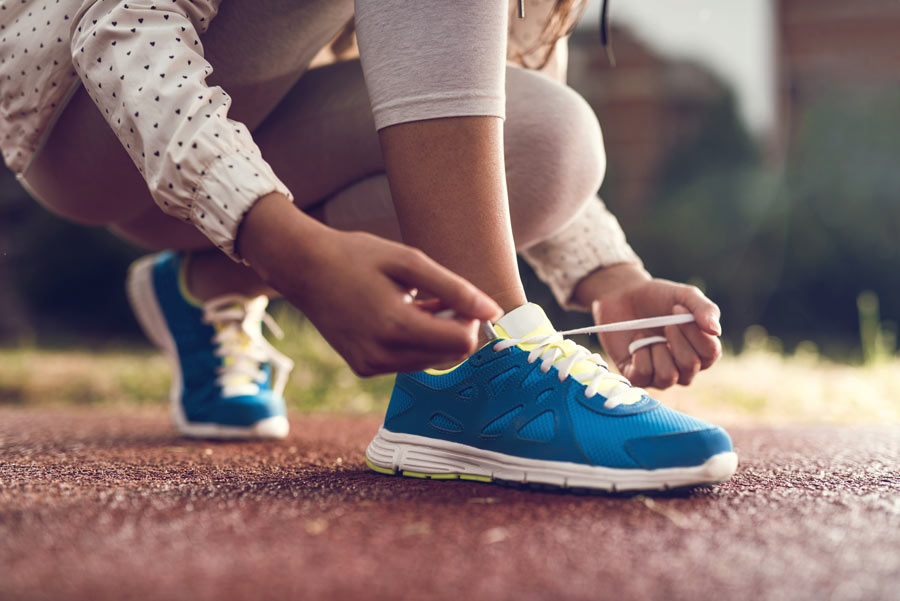
Or should I say – the first step.
Ups, that one slipped right off the bat, sorry.
Jokes aside though, there are several simple principles when buying a fitness shoe – the first, of course, being price. Regardless of what you are going to learn a minute from now, never overpay or underpay a pair of shoes.
Popular fads come and go, so remember that footwear has a purpose other than looks. If celebrities are wearing them, it doesn’t mean that the price tag is justified. And it certainly doesn’t mean that your feet will rest comfortably inside.
Look at a pair of shoes as if it was an investment. No room for cheap, but no room for fancy either.
Avoid multitask shoes
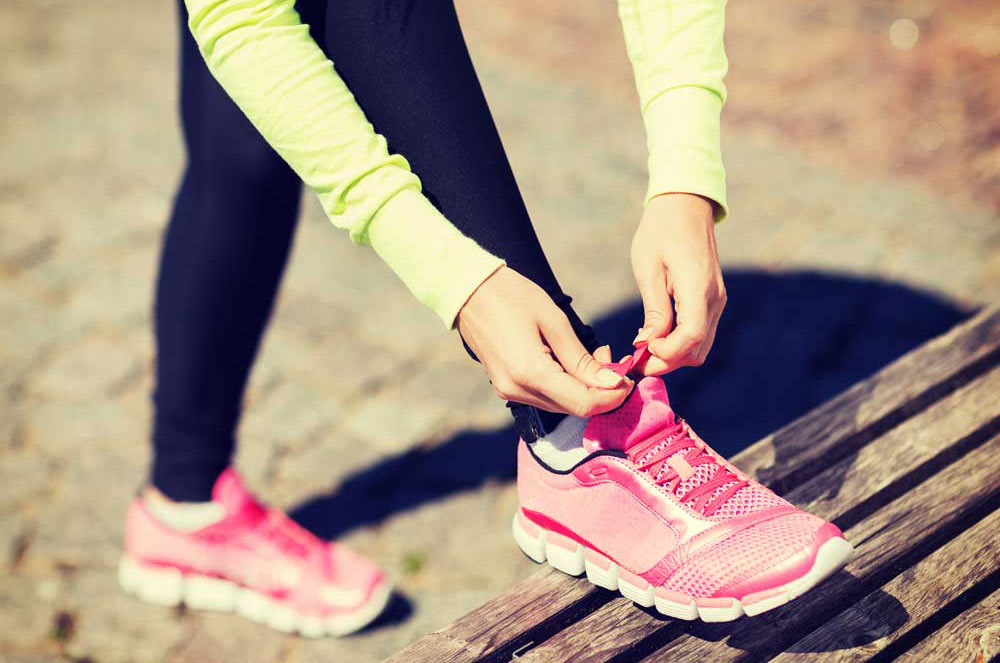
It goes without saying that shoes are designed to fulfill a purpose. A walking shoe will have your feet crying, if you run with it for more than a mile; and a running shoe will increase the risk of an injury if you try and do agility stunts with it.
Instead, try to browse through a single category, having in mind the activity you are going to use the pair for. If you are like me, and enjoy spicing up your fitness routine every once in a while, try buying several pairs, each designed for a different purpose.
Walking shoes must have a strong sole, whereas running shoes should be flexible along their length.
If you participate in fitness classes, where there are lot of bodyweight moves, jumping around and agility work, then aim for shoes that are reasonably flexible, with low ankle support, and sufficient traction. Hardwood floors require better grip, and you’ll feel more confident when performing lateral moves.
Hiking shoes, depending on the weight you are carrying, should vary in height (ankle support). You will, nonetheless, need traction, and thick soles, as well as sufficient side support.
What about footwear brands?
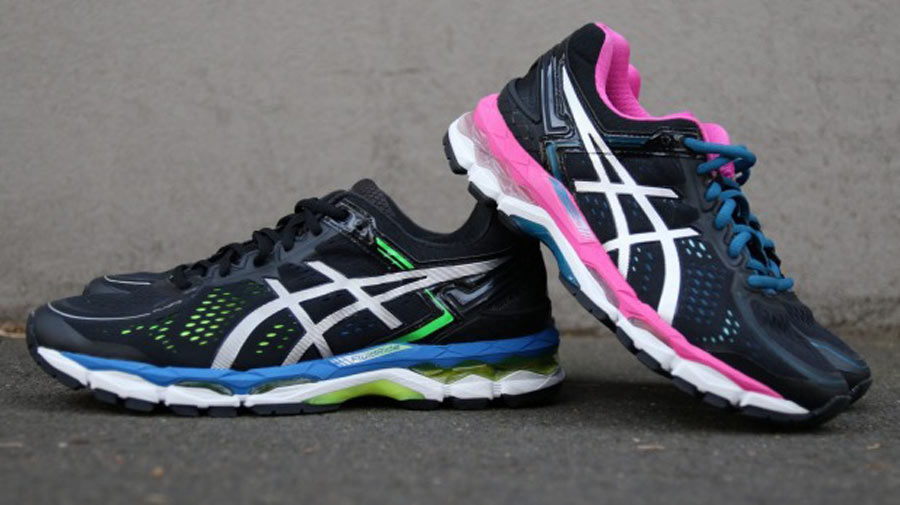
First of all, let me comment briefly on the distinction between men’s shoes and women’s shoes. Aside from design, that many people feel compelled enough to purchase even though it is outside of their gender label – there are other differences as well.
And this is the reason why many companies usually fail at their attempt to convert a popular man’s model by simply changing the color and size (you’ll hence hear the sarcastic phrase – shrink ‘em and pink ‘em).
Women’s shoes are built wider around the toes, and narrower around the heel. So it’s safe to say that the main difference is width. Midsole material also varies, affecting the weight distribution, fit, and weight of the shoe itself.
Moving on, the brand doesn’t matter as long as it fits.
True, different people have different favorites, and it all stems down to aesthetics. But your job is to look past that – find models, that you feel confident enough, are designed for the exact purpose you are buying them for.
Our fitness footwear categories feature Amazon products from Nike, New Balance, Reebok, Puma, Champion, Adidas, ASICS, RYKA, Under Armour and many more, and tons of discounts are being promoted weekly. You’ll have to read the reviews tough.
Consider the circumstances
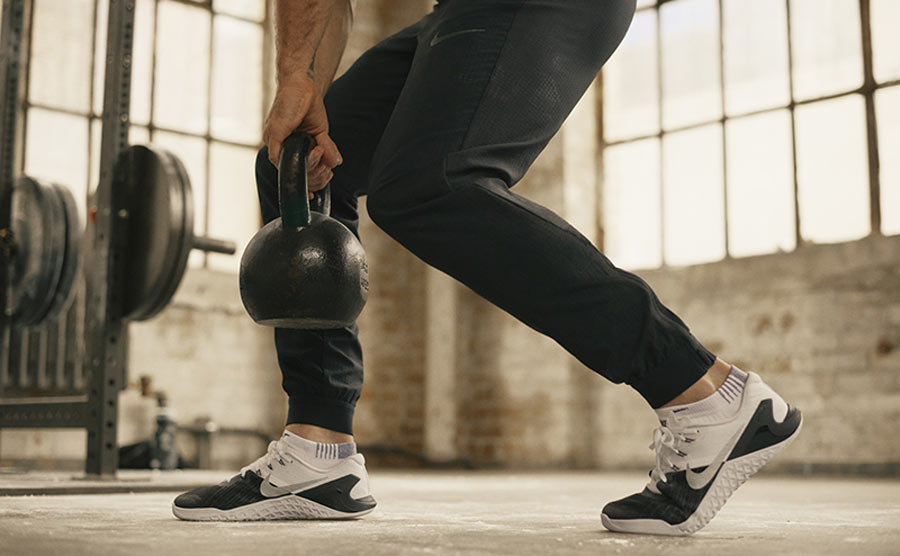
If you struggle with unstable feet, definitely shop for a shoe with strong side support. A fixed and inflexible shoe will protect your foot until you are confident enough to try something else.
If you are stable enough, free motion shoes are definitely an option. They are excellent if your goal is to improve stability and rely solely on your feet muscles.
Gym goers would definitely want to cover their toes, unless they are training barefoot in order to improve stability and strengthen the muscles. Flat soles, if you opt in for a shoe, are the best option, with slightly raised heels if you are performing the weighted squat (for achieving a deeper squat). You will however, in any occasion, need strong and sturdy side support.
When trying shoes
Regardless of what popular lore tells you about breaking in, shoes must feel comfortable right away. Stand upright, wait for a moment, and see how you feel. Then walk few steps forward and you’ll be able to tell whether or not a particular pair is comfortable.
Make sure, also, to try shoes at the end of the day. Feet, around then, are usually more swollen, so you’ll be able to make a nice parallel to a running session – when working out, your feet will enlarge as well.
How to improve stability and those tiny muscles?
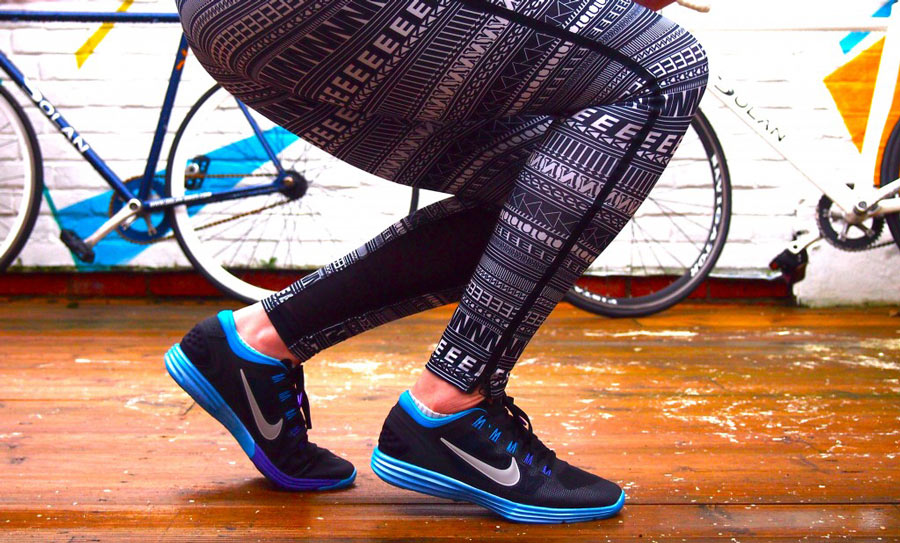
A bulletproof way of achieving both is walking on sand. If you enjoy the privilege of having a beach nearby, by all means go for it.
Another option is to practice full range of motion while doing calve raises, as well as some stepper work. Stretching barefoot will definitely help, and you might feel a bit of pain after the first session. Simply put, your feet are not comfortable without artificial support. But that changes as well.
When to replace footwear?
Your shoes need to be replaced after 350-400 miles of use. Another indicator is the back of the sole – if worn out it’s time to throw your shoe away. The same, of course, can be said about the loosened side support.
Naturally, running shoes are the ones that suffer the most, while other varieties get to be around for a while longer. Unless you take them where they weren’t designed to go – example, hiking.
I hope these tips were of some help, and I really hope that you now understand the importance of investing in a quality pair of shoes. Buying online is perfectly ok if you are patient enough to take the measurements, and if you are diligent enough to read both the description as well as the reviews.